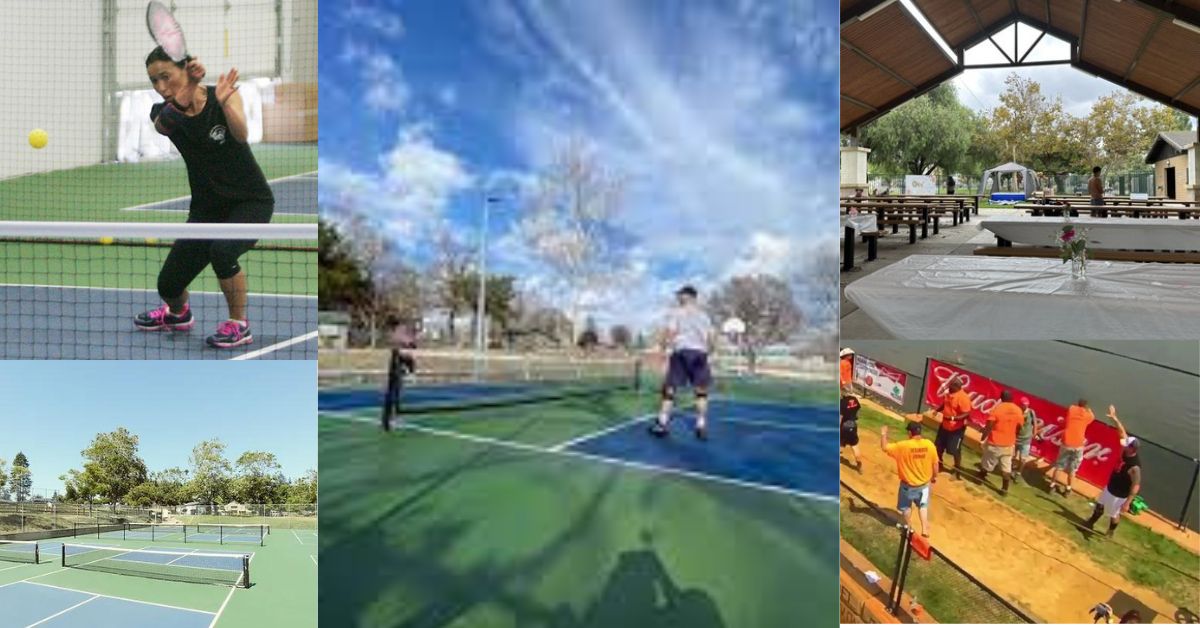When it comes to creating the perfect pickleball court, it’s not just about the dimensions and materials used. A well-designed court is a work of art and science, where aesthetics, functionality, and sustainability converge. In this comprehensive guide, we will uncover the role of a pickleball court landscape architect and how they contribute to crafting dynamic, efficient, and beautiful courts for the ultimate playing experience.
Pickleball has gained immense popularity in recent years, and the demand for high-quality courts has grown alongside it. A pickleball court landscape architect plays a crucial role in the planning, design, and execution of these courts. Their expertise goes beyond the basics of court dimensions and materials. They are responsible for creating spaces that are not only functional but also visually appealing and environmentally responsible
The Landscape Architect’s Expertise
A landscape architect is a trained and experienced professional who specializes in designing outdoor spaces. They have a deep understanding of various elements, such as topography, soil composition, vegetation, and drainage. When it comes to pickleball court design, their expertise comes into play in the following areas:
- Site Selection: The landscape architect assesses the site’s suitability for a pickleball court. Factors like soil quality, drainage, and accessibility are carefully considered to ensure the court’s longevity.
- Court Orientation: The direction in which the court is situated can impact gameplay due to factors like sun exposure and wind. Landscape architects analyze the site’s natural elements to determine the optimal court orientation.
- Sustainable Design: Sustainable practices are a hallmark of landscape architecture. They incorporate eco-friendly elements into the court design, such as permeable pavements, native plants, and water-saving irrigation systems.
- Aesthetics: Beyond functionality, the landscape architect focuses on creating a visually appealing court. This involves selecting the right colors, materials, and landscaping to enhance the court’s beauty.
- Accessibility: Landscape architects ensure that pickleball courts are accessible to people of all abilities. This may involve the design of pathways, ramps, and other accessible features.
Designing the Perfect Court
To create the perfect pickleball court, a landscape architect goes through several key steps:
Site Assessment
The first step is to evaluate the chosen site. The landscape architect assesses soil quality, drainage, and the surrounding environment. If necessary, they may conduct soil tests to determine its suitability for construction.
Conceptual Design
Once the site assessment is complete, the landscape architect develops a conceptual design. This includes court dimensions, orientation, and the incorporation of sustainable features. They create a vision for the court’s layout and overall aesthetics.
Environmental Considerations
Sustainability is a top priority in landscape architecture. The architect may include features such as rain gardens, permeable pavements, and native plantings to reduce environmental impact and enhance the court’s eco-friendliness.
Material Selection
Choosing the right materials is crucial. The landscape architect selects materials that are durable, low-maintenance, and visually appealing. These materials may include court surfacing, net posts, fencing, and seating.
Aesthetic Elements
Aesthetics are a significant part of the design. The landscape architect selects colors and textures that complement the surrounding environment. Landscaping elements like shrubs, trees, and flowers are carefully chosen to enhance the court’s beauty.
Accessibility
Ensuring that the court is accessible to everyone is essential. The landscape architect incorporates accessible features like pathways, ramps, and seating areas, allowing people of all abilities to enjoy the game.
FAQs
What is the role of a pickleball court landscape architect?
A landscape architect is responsible for planning and designing pickleball courts, taking into account site suitability, aesthetics, sustainability, and accessibility.
Why is sustainability important in court design?
Sustainability reduces the environmental impact of the court and promotes eco-friendly practices. It can also lead to cost savings in the long run.
How does a landscape architect select the right court materials?
Landscape architects consider factors like durability, maintenance requirements, and visual appeal when choosing court materials.
What are the key considerations for court orientation?
Court orientation impacts gameplay, and landscape architects evaluate factors like sun exposure, wind direction, and surrounding obstacles to determine the optimal court orientation.
Can landscape architects design indoor pickleball courts?
While landscape architects typically work on outdoor projects, their expertise in sustainable and accessible design principles can be applied to indoor court design.
How can I find a qualified pickleball court landscape architect?
To find a qualified landscape architect, you can seek recommendations from local construction professionals, visit landscape architecture firms, or search online directories of licensed professionals.
Conclusion
A pickleball court landscape architect plays a vital role in shaping the future of the sport. Their expertise in site assessment, sustainable design, aesthetics, and accessibility ensures that pickleball courts are not just functional but also beautiful and eco-friendly. By collaborating with these professionals, you can create courts that provide the ultimate playing experience.





